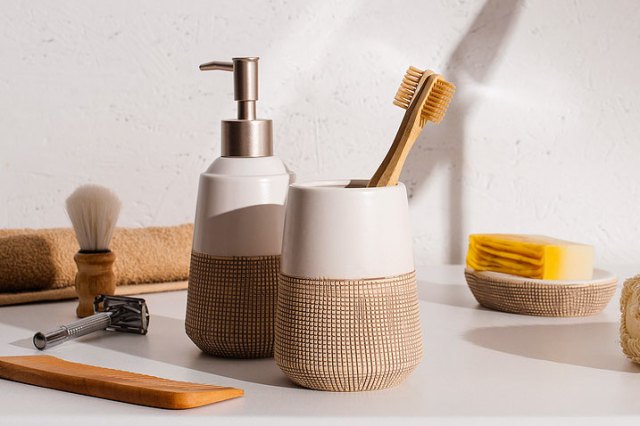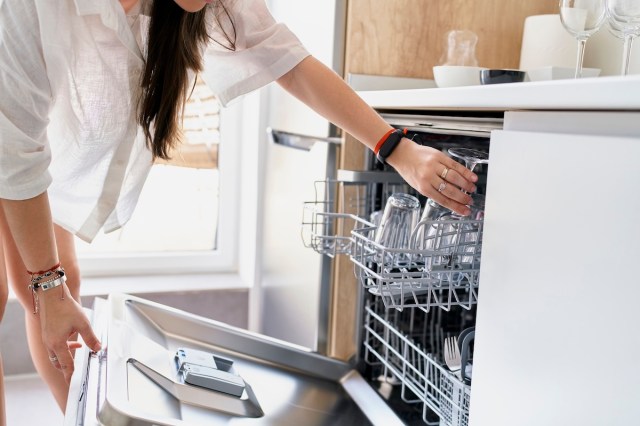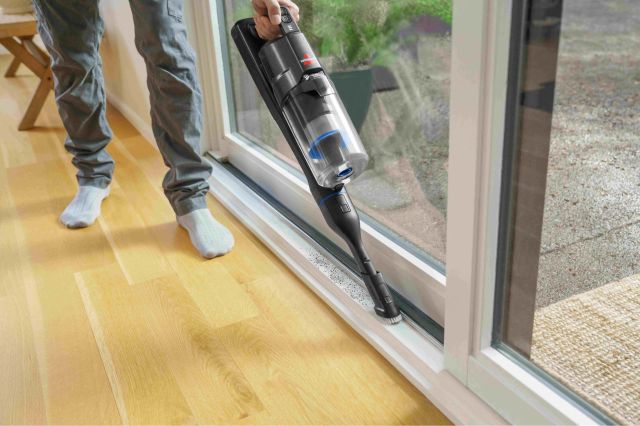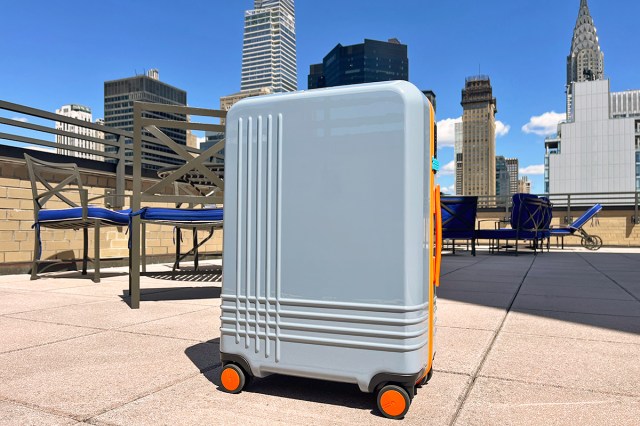Nothing is better than feeling a sense of accomplishment after scrubbing your home from top to bottom — the floors sparkle, the furniture is dust-free, and the water stains on your shower are gone. But there are spots in every home that are often neglected during a cleaning session and become intimidating collections of dust, dirt, and grime. Don’t worry — once you know about these 10 dirtiest spots in your home plus the products you need to keep them clean, you’ll find them easy to take care of.
Prices are accurate as of May 28th, 2024. Subject to change. All featured products and deals are selected independently and objectively by the author. Better Report may receive a share of sales via affiliate links in content.

Garbage Disposal Gasket
Garbage disposals clean up your kitchen messes, though they tend to harbor their own, hidden along the underside of the rubbery gasket between the sink and compactor chute. It’s important to prioritize this area since garbage disposals can shoot aerosolized water and bacterial particles back into your kitchen. To clean the compactor, unplug the appliance, flip up the rubber splash guard (also called a flange or baffle), and clean using a grease-dissolving dish soap. Cleaning this area each time you wipe down your sink can also help remove food debris, smells, and slime buildup.

InSinkErator
InSinkErator makes some of the best garbage disposals that money can buy. The brand’s patented MultiGrind technology shreds food waste into ultra-fine scraps, thus making the sink less likely to clog than if you were to use a more traditional garbage disposal. With InSinkErator, you can select from more their powerful models to quieter ones depending on your personal budget and preferences.
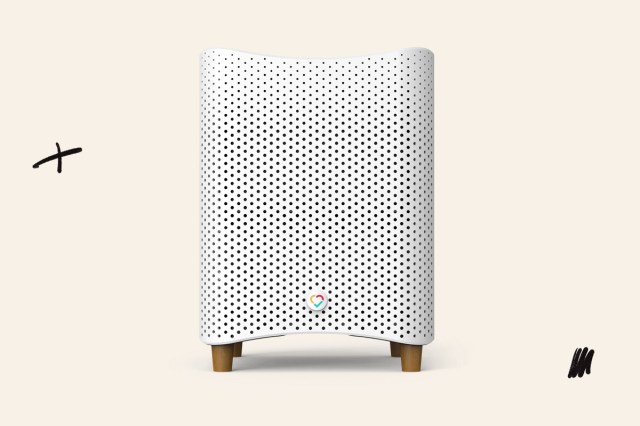
Mila Air Purifier
While we’re on the topic of garbage, nobody likes a smelly household full of unpleasant odors wafting through the air. If you’re looking to keep your home feeling fresh, then there’s no better product than the Mila air purifier. This incredible tool ensures clean air in every room, and also handles smoke and dust particles with ease. These air purifiers are great for each room in the house, from the kitchen to the bathroom and everywhere in between.
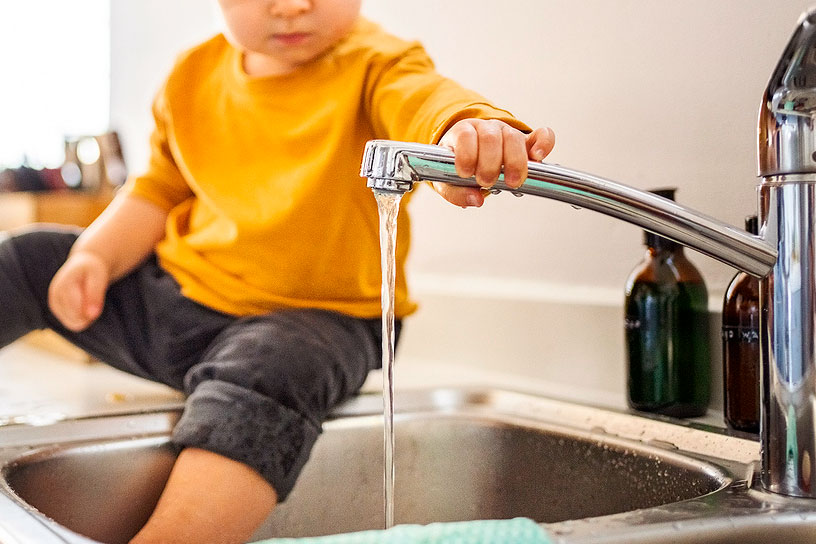
Faucet Aerators
If sink faucets provide clean water, surely they’re clean themselves? Not quite. Faucet aerators — the tiny mesh filter that helps provide a smooth stream — can develop water and mineral buildup, though it’s not hard to remove. Housekeeping experts recommend removing the faucet aerator (found at the tip of the faucet, where water comes out) every two to three months and soaking it in vinegar for at least 15 minutes. Give the piece a gentle brush using an old toothbrush to remove any stuck-on residue, and simply screw the aerator back in place for a smooth-running sink.

Dawn Powerwash Spray
When it comes to keeping dishes clean, you’re going to need clean water plus a reliable soap. That’s why you should buy Dawn Powerwash spray, which is some of the highest-quality soap on the market. This product tackles tough grease and grime, leaving every dish looking sparkly clean. Dawn is also ideal in the laundry room for getting those tough grease stains out of your favorite piece of apparel.
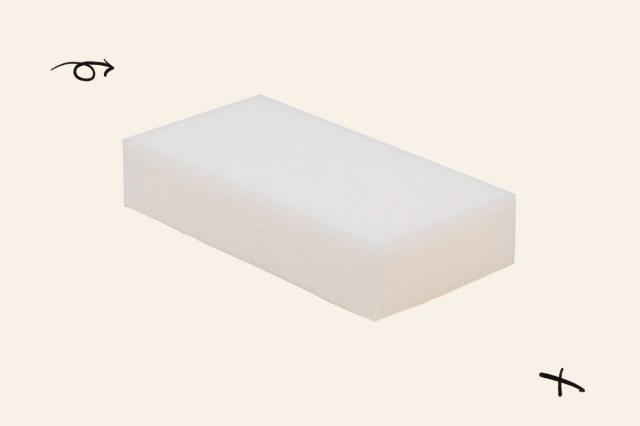
Melamine Sponge
If we’re talking about miracle cleaning products, then there are few better options than melamine sponge foam pads. These items are great for tackling grime that forms in the kitchen, bathroom, and even on floors and walls. Snag some melamine sponges and your home will be shining brighter than ever before.
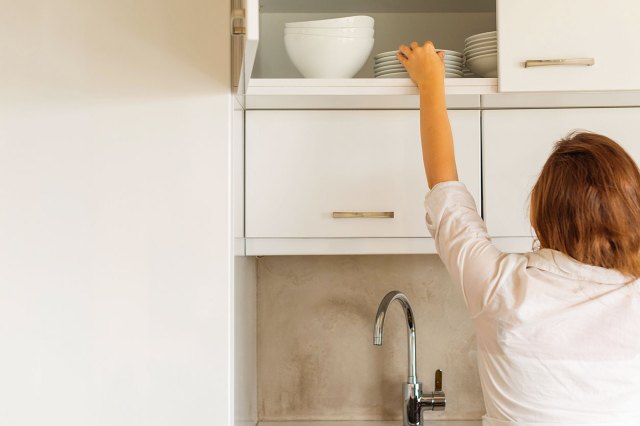
Kitchen Cabinet Tops
Very few people remember to clean this spot — kitchen cabinet tops are essentially out of sight and out of mind. However, doing so can remove any accumulating grease and dust buildup. A stepladder and vacuum hose attachment makes it easy to tackle dust, and a household degreaser can conquer any greasy spots from airborne cooking oils. Getting cabinet tops clean can feel like a chore, though it’s not one you’ll need to undertake regularly. Cleaning experts recommend tidying this spot once a month. You can even speed up dusting by laying newspaper or wax paper along your cabinet tops to catch any future grime.
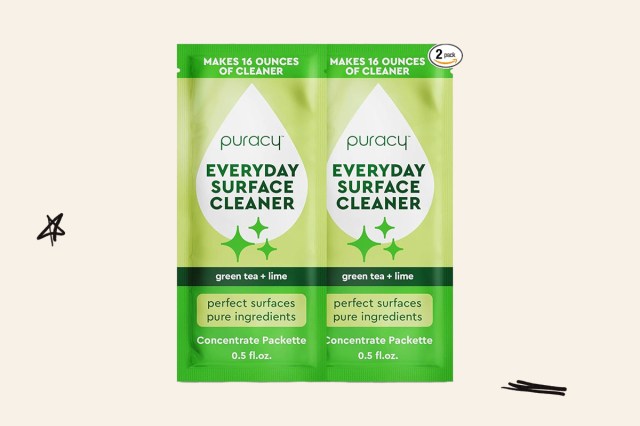
Puracy Surface Cleaner
This plastic-free, nontoxic cleaner from Puracy is great for cleaning any hard surface in the home. Even better, it does so without leaving streaks behind. Just group a packet of Puracy, mix with tap water, and use a spray bottle to tackle that pesky dirt and grime anywhere in the house.
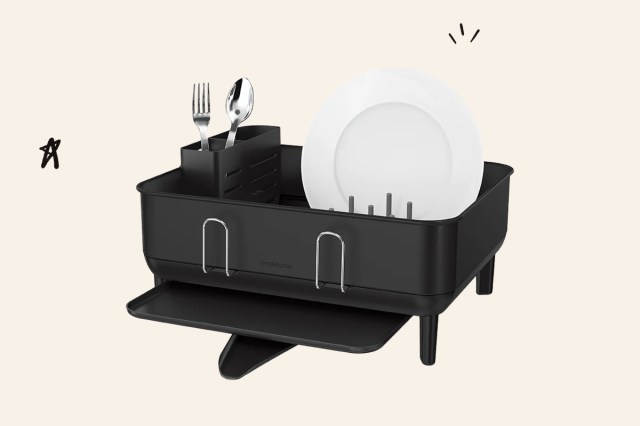
Simplehuman Drying Rack
Keeping your kitchen countertops neat and tidy is just as important as keeping the tops of each cabinet clean. This steel frame drying rack from simplehuman is a sleek addition to any kitchen, and keeps clutter off the counters and out the sink. This dish rack even drains directly into the sink for added convenience.
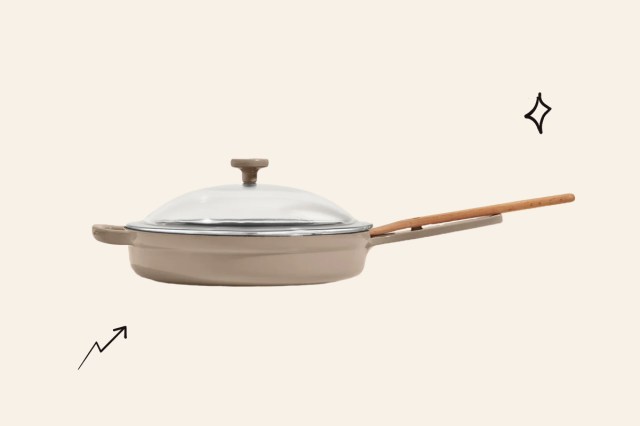
Our Place Cast Iron Pan
One of the best investments you can make in the kitchen is a high-quality cast iron pan. We recommend the Our Place Cast Iron Pan — a skillet with a modern design and stylish glossy exterior. But owning a cast iron pan requires additional care. For more information and similar products, check out our helpful guide to cast iron kitchenware.

The Wall Behind the Toilet
Toilets send up a small spray of water and fecal matter when flushed, which can travel nearly five feet in about eight seconds. Most aerosolized particles travel upwards and backward, landing on the wall behind the toilet. You can reduce bacteria buildup in this spot by wiping down the wall with an enzyme cleaner — simply spray the wall, wait a few minutes for it to activate, and wipe it away.
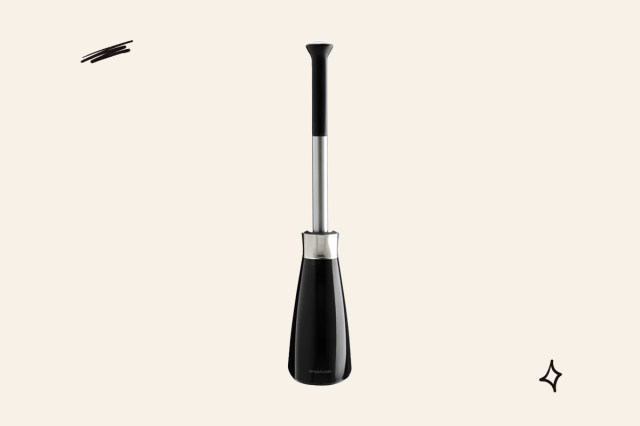
Simplehuman Toilet Brush
The brand simplehuman makes great products for the bathroom as well, including this toilet brush with a drip-free design. This tool is perfect for keeping the toilet looking fresh and clean, and is far more effective than its affordable price may suggest.
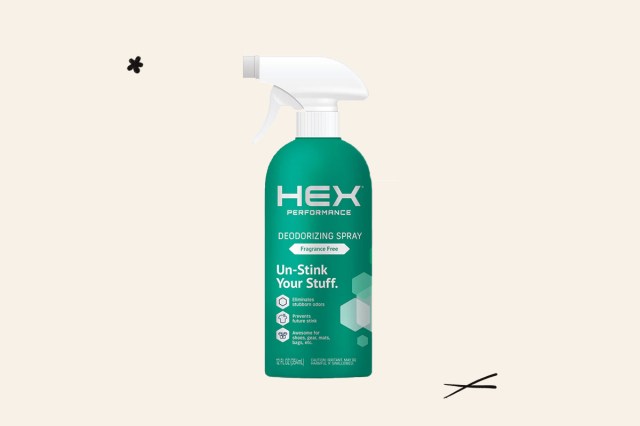
HEX Deodorizing Spray
The bathroom is ground zero when it comes to unpleasant odors. But with HEX deodorizing spray, those undesirable smells can become a thing of the past. HEX is also great for deodorizing stinky shoes and other dirty apparel, and is fragrance free which makes it ideal for those with sensitive skin.

Behind the Stove
Moving this hefty appliance isn’t something most people frequently do, making it easy for spills and crumbs to linger longer than you’d like. Pull the stove away from the wall (a towel, bathmat, or furniture sliders can prevent floor scuffs and make this Herculean task easier), then gently scrape off any food buildup using a plastic dish scraper or putty knife. Follow up with an all-purpose cleaner to remove any residue on the stove, cabinet sides, and wall.

Dyson Vacuum
You’re going to need a powerful vacuum cleaner that’s up to the task of cleaning behind the stove, and there’s possibly no better product than the Dyson V12 Detect Slim vacuum. This powerful yet thin device can easily fit into those tight spaces in order to tackle any dirt and grime that it may encounter.
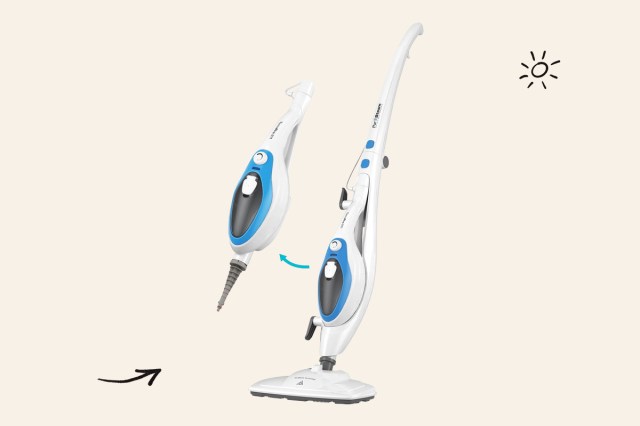
PurSteam Steam Mop
If you’ve got tile or hardwood floors, then the PurSteam 10-in-1 steam mop can give them a solid clean that looks as if it was done by a professional. This product is also great for cleaning toilets, couches, windows, and anything else that may need a good scrub down.
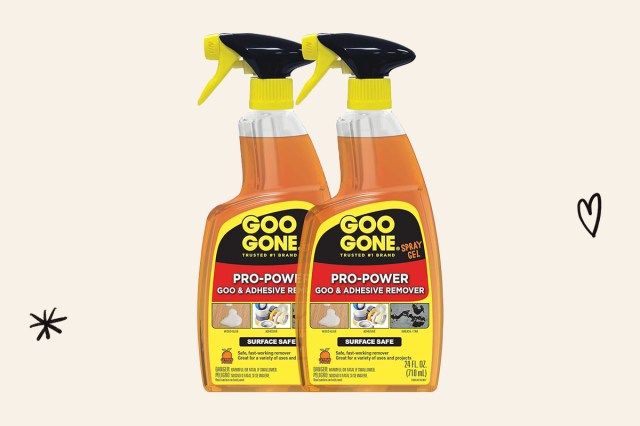
Goo Gone Spray
Whether you’re cleaning behind the stove or anywhere else in the house, mysterious sticky residue can be hard to remove. Get yourself some Goo Gone, which is great for removing those pesky messes in the blink of an eye. Goo Gone is also fantastic for removing any sticky residue that’s leftover from price tags, bumper stickers, and more.
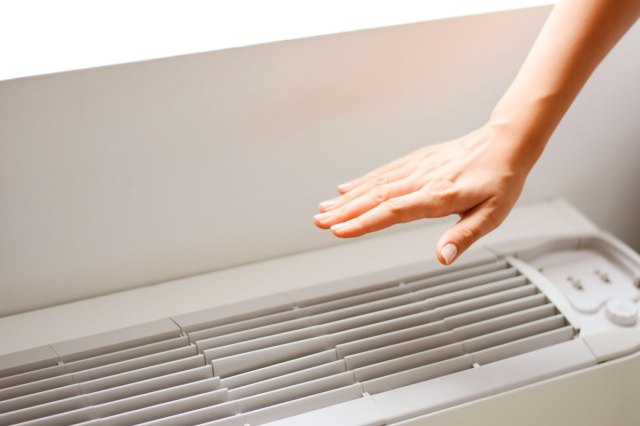
Floor Registers and Wall Vent Covers
If you heat and cool your home with an HVAC system, it’s likely already on your to-do list to change the air filters. What’s often overlooked are the wall vent covers and floor registers, which still often accumulate dust and dirt. You can touch up these spots monthly by vacuuming over the slotted vents. However, housekeeping professionals recommend doing a deeper cleanse twice a year by removing the covers and washing them in hot, soapy water.

OXO Duster
Wall vent covers are especially prone to gathering dust, but OXO-brand dusters are perfect for eliminating that dusty buildup. But these dusters can handle so much more than just dirty vents, and can easily clean up dust in any room of the house. OXO also sells products that are specifically designed to eliminate dust from electronics.
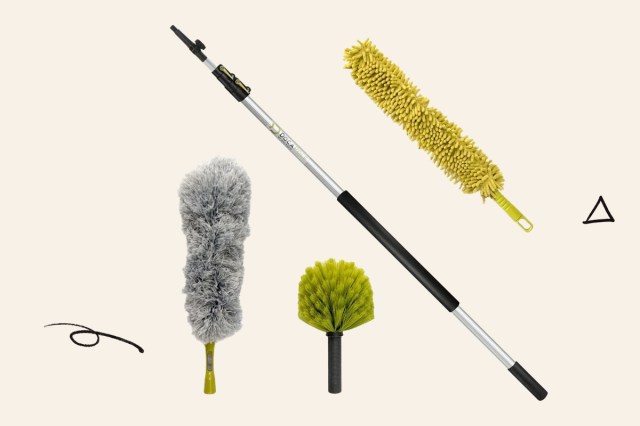
DOCAZOO Dusting Pole
If you’re dealing with vents that are high off the ground, then the DOCAZOO dusting kit can help. This product features a six-foot extension pole that’s easy to assemble, which allows you to tackle any dusty area that may normally be out of reach.
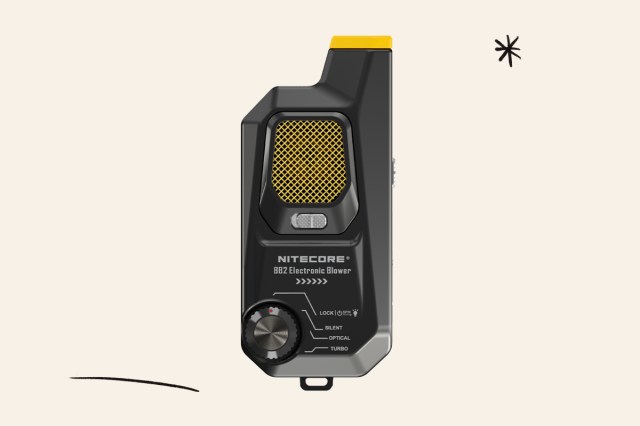
Nitecore Blower
This BB2 blower from Nitecore provides added power to eliminate dust from tight cracks and other hard to reach places. This tiny handheld product creates nearly 50 mph wind speeds, resulting in enough pressure to dislodge even the peskiest of dust mites. Optional add-ons include brushes that can be used to clean cameras and their lenses.
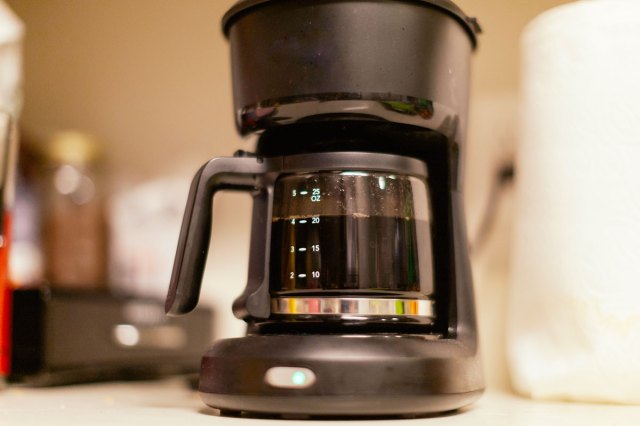
Coffee Maker
Countertop baristas save money compared to rolling through the coffee shop drive-through, though they have a major downside. According to a study by the National Sanitation Foundation, half of tested household coffee makers were brewing up major bacterial growth. Coffee maker reservoirs — aka the built-in water tank — tend to collect yeast and mold, regardless of how simple or complex the machine is. However, combating these organisms is simple: mix equal parts of water and vinegar, pour into the tank, and set the machine to brew mode. You should do this about once a month.

Impresa Descaler
Coffee makers get dirty every morning that we use them, as gunk builds up inside the machine over time. To help clean out your coffee maker, use this descaler from Impresa. Take just half a bottle, put it into the machine, and run the device through a brewing cycle. This simple act can extend the life of the machine and also improve the taste of your morning coffee.
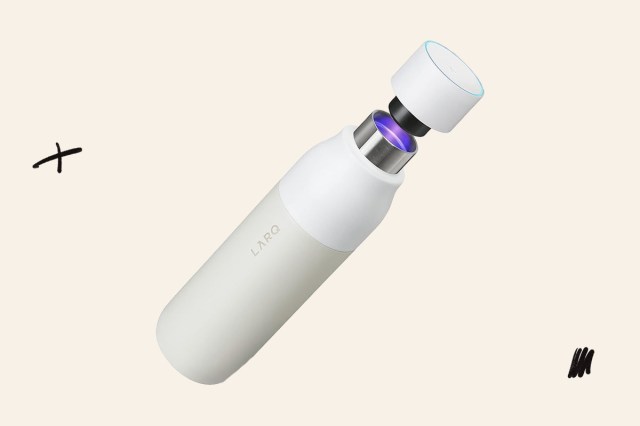
LARQ Water Bottle
Good coffee starts with clean, refreshing water, and LARQ is one of the companies when it comes to water purification. Take for instance the LARQ stainless steel water bottle, which has a UV water purifier under the cap to help sanitize its contents. LARQ also sells water pitchers that purify your water so that it’s ready to drink right out of the fridge.
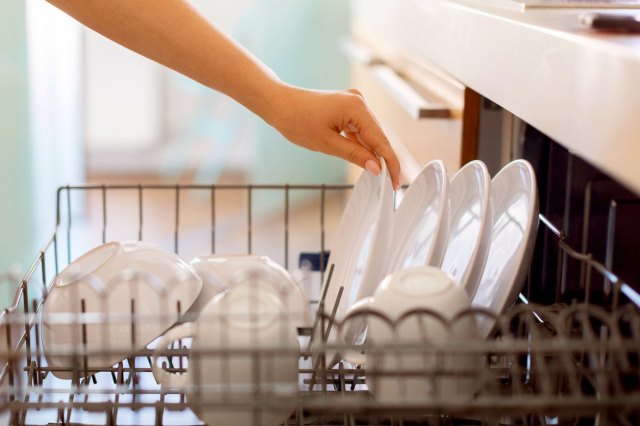
Dishwashers
Contrary to common belief, you do have to clean your dishwasher. While it may not seem like it — after all, the machine’s interior gets sudsy as it cleans your dishware — dishwashers are actually susceptible to bacteria buildup. Help your dishwasher do a better job with a deep clean — hand-washing the inside with hot water and dishwashing liquid can knock down soap scum and stuck-on food debris. But most importantly, remember to clean the dishwasher filter at least once per month. Also, keeping the dishwasher door slightly ajar while not in use helps dry out any fungi-friendly moisture.

Dirty Labs Dishwasher Detergent
Nobody likes the idea of using harsh chemical products to clean the plates that we all eat off of. Thanks to Dirty Labs, you needn’t worry about this issue any longer. Their fragrance-free dishwasher detergent uses enzyme cleaning technology to achieve a thorough clean, so say goodbye to those other chemical-ridden detergents.
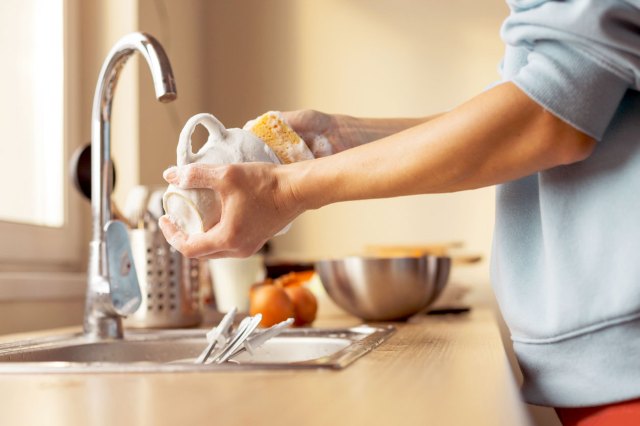
Kitchen Sponges
Dish sponges are commonly considered germy hotspots, and for good reason. A 2017 study found 362 kinds of bacteria on kitchen sponges, with up to 45 billion microbes per square centimeter. Compared to other grimy household spots, sponges can contain just as high concentrations of bacteria as toilets — but that doesn’t mean you have to stop using them. Sponges can be boiled or microwaved to reduce their bacterial load, though that won’t help them last forever. Sponges should be replaced about every two weeks or more if they look worse for wear in a shorter period.
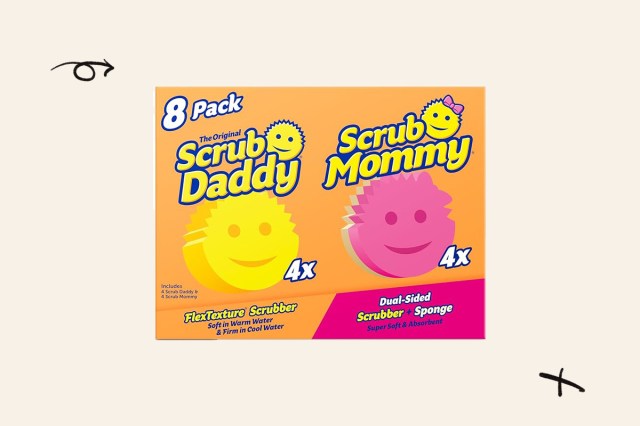
Scrub Daddy and Scrub Mommy
Don’t let the cute faces fool you — Scrub Daddy is one of the toughest dish sponges out there on the market, and is good for up to eight weeks before it starts to accumulate dirt. And don’t forget about Scrub Mommy, which is an equally tremendous product that’s great for tackling tough stains and dirt in any room of the house.

Toothbrush Holders
Replacing your toothbrush every three months isn’t the only way to stay on top of a clean bathroom routine. Surprisingly, your toothbrush holder also collects germy microbes. The National Sanitation Foundation ranks toothbrush holders as the third-dirtiest spot in your home because of where they live — germs from your toothbrush can cling to the holder, and bacteria from sinks and invisible toilet spray can land in this container. Wash your toothbrush holder once a week by tossing it in the dishwasher, washing it with hot, soapy water, or wiping it down with a sanitizing wipe.
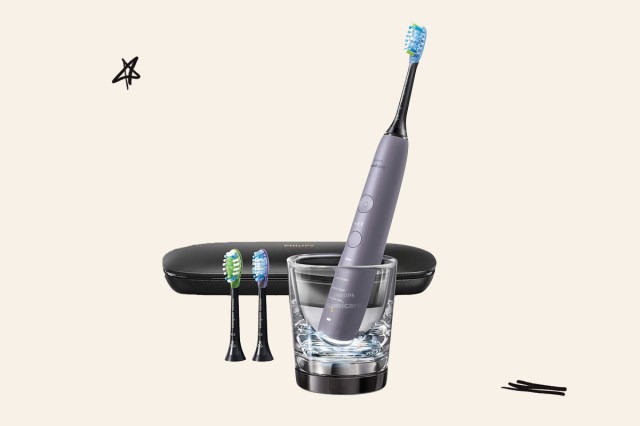
Philips Sonicare DiamondClean Smart
A good toothbrush is essential when it comes to proper dental hygiene, and there are few better options than the Philips Sonicare DiamondClean Smart electric toothbrush. This toothbrush removes 10 times more plaque than any standard manual toothbrush, and keeps gums seven times healthier on average. For more incredible products that can boost your oral hygiene, check out this helpful guide.
Featured Image: LightFieldStudios/ iStock

